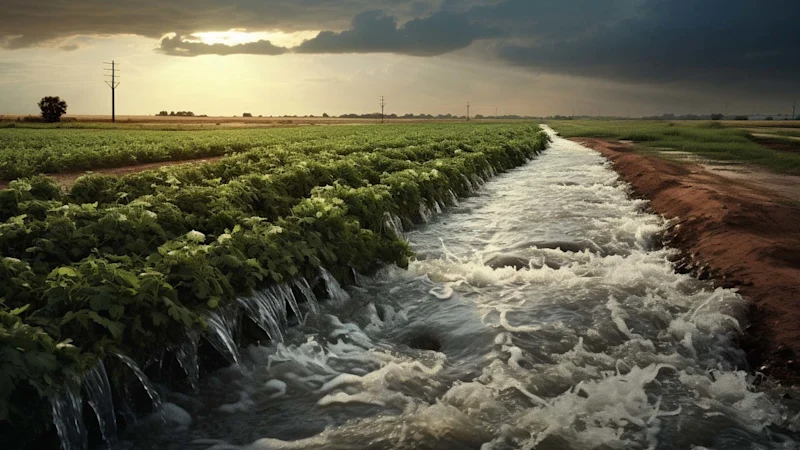
Illinois to Ban Nonbiodegradable Plastic Glitter in Personal Care Products by 2029
Illinois will prohibit nonbiodegradable plastic glitter in personal care products by 2029, impacting manufacturers, retailers, and regulators alike.


The U.S. Environmental Protection Agency (EPA) has disclosed the National Marine Fisheries Service’s (NMFS) conclusive biological opinion on the pesticides carbaryl and methomyl. This final verdict, emerging from collaborative efforts among the EPA, NMFS, and pesticide registrants, reveals that the registered applications of these chemicals are unlikely to harm federally endangered species or their critical habitats, provided that usage adheres to the newly revised labeling instructions.
This determination follows extensive review processes under the Endangered Species Act (ESA), mandating that EPA actions, notably pesticide registration, do not endanger listed species or their essential living areas. The announcement marks a pivotal moment, especially considering the preliminary findings in March 2023, which suggested potential risks associated with these pesticides.
Carbaryl and Methomyl: A Background Check
Carbaryl and methomyl, widely employed in agricultural practices across a range of crops, have been under scrutiny due to their potential impacts on wildlife. Initial evaluations by the EPA in 2021 highlighted concerns over the potential adverse effects on a substantial number of species and critical habitats. This led to a formal consultation with NMFS and the U.S. Fish and Wildlife Service (FWS), culminating in a draft biological opinion that initially proposed jeopardy for some species.
A Collaborative Effort Towards Mitigation
In response to the draft opinion, a concerted effort by the EPA, NMFS, the U.S. Department of Agriculture, and pesticide manufacturers has led to the identification and adoption of various mitigation strategies. These include specific measures aimed at minimizing pesticide runoff and spray drift, thus protecting nearby habitats of listed species.
The Final Biological Opinion: A Path Forward
The final opinion outlines a series of mitigation measures, effectively amending the pesticide registrations to incorporate changes in labelling. These changes are designed to guide users towards reducing environmental impacts, with options such as spray drift reduction, application rate limits, and the establishment of protective buffers around water bodies. Notably, carbaryl will no longer be used agriculturally in Hawaii, reflecting the stringent measures being implemented.
What’s Next?
Looking ahead, the EPA is set to collaborate with the registrants of carbaryl and methomyl to enforce these mitigation measures, ensuring compliance with the NMFS biological opinion. This includes updating labels with the necessary information and promoting educational initiatives to inform about the ecological implications of pesticide use.
The NMFS’s final biological opinion represents a crucial step towards reconciling agricultural needs with environmental conservation, ensuring that pesticide use does not come at the expense of endangered species and their habitats.
Foresight continuously tracks 1000s of sources and maps updates to your portfolio:




Illinois will prohibit nonbiodegradable plastic glitter in personal care products by 2029, impacting manufacturers, retailers, and regulators alike.

Switzerland plans to simplify pesticide approvals by recognising EU-authorised substances, but the reform awaits formal entry into force.

EPA draft risk evaluation finds octamethylcyclotetrasiloxane (D4) poses significant risks to workers and aquatic life, signalling regulatory change for industry.
Subscribe to Foresight Weekly and get the latest insights on regulatory changes affecting chemical compliance.
Free forever. Unsubscribe anytime.
Read by professionals at